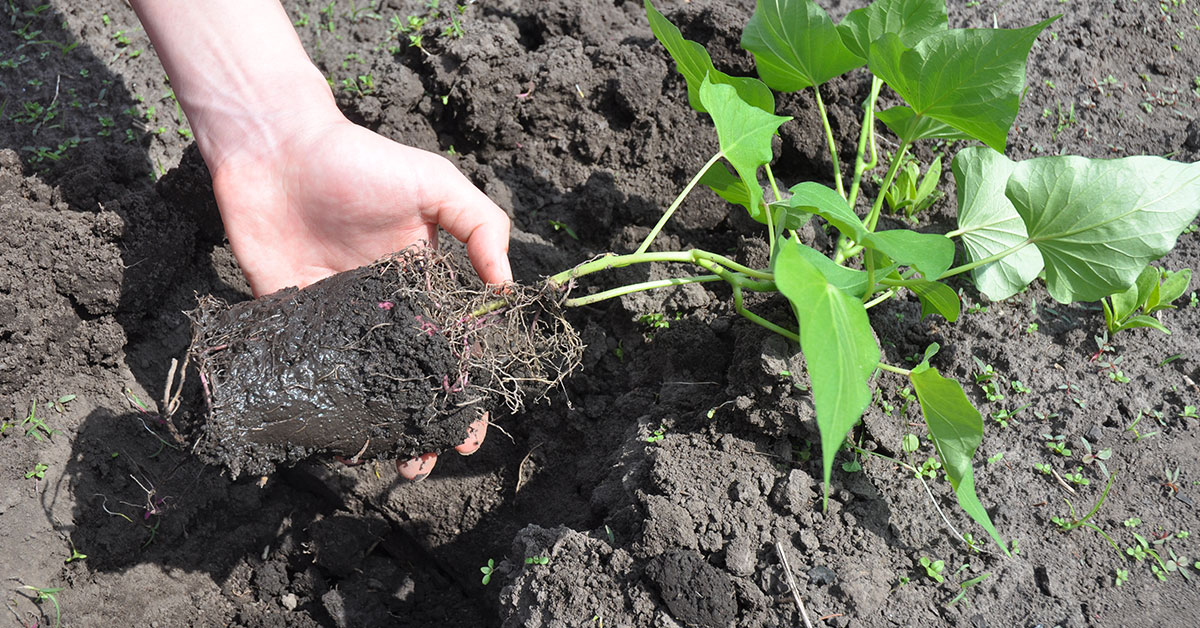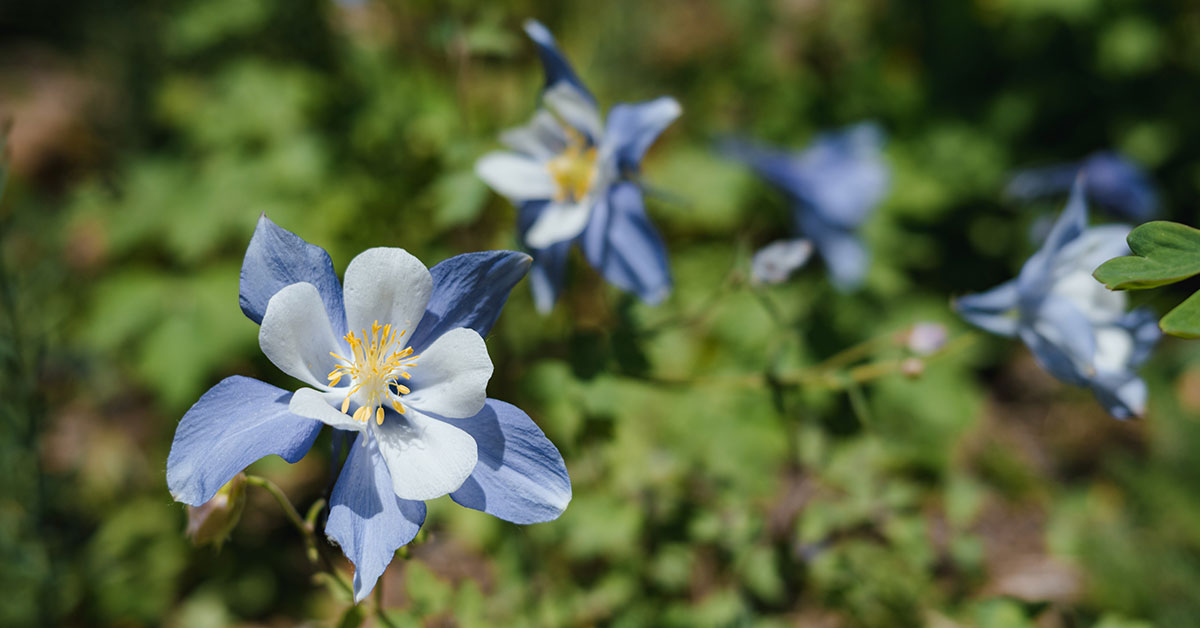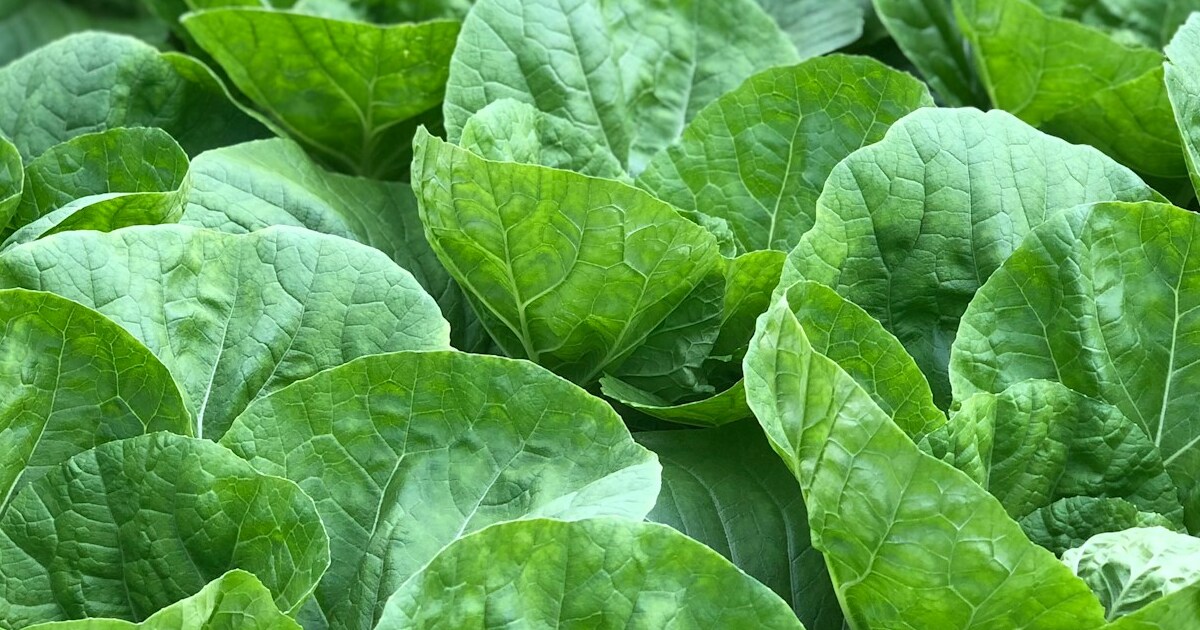Welcome to the world of sweet potato cultivation in the beautiful state of Georgia! If you’re a gardening enthusiast or a farmer looking to grow these delicious and nutritious tubers, you’ve come to the right place. Georgia’s warm climate and long growing season make it an ideal location for sweet potato production. However, timing is crucial when it comes to planting sweet potatoes to ensure a successful harvest. In this article, we will delve into the best time to plant sweet potatoes in Georgia, taking into consideration the region’s unique climate and the specific needs of these versatile plants.
Whether you’re a seasoned gardener or a novice, get ready to dig in and discover the secrets to growing sweet potatoes in the Peach State.
Best varieties of sweet potato to grow in Georgia
In Georgia, there are several sweet potato varieties that grow well due to the warm climate and long growing season. Here are a few popular varieties that are known to thrive in Georgia:
- Beauregard: This is one of the most widely grown sweet potato varieties in Georgia. It produces high yields of uniform, reddish-orange sweet potatoes with a moist and flavorful flesh. Beauregard is known for its disease resistance and adaptability to different soil types.
- Covington: Another popular variety in Georgia, Covington sweet potatoes have a deep orange flesh and a sweet flavor. They are known for their high yield potential and resistance to diseases such as Fusarium wilt and soil rot.
- Georgia Jet: This variety is well-suited for Georgia’s climate, as it has a shorter growing season compared to other varieties. Georgia Jet sweet potatoes have a deep orange flesh and a sweet flavor. They are known for their excellent storage qualities.
- Centennial: Centennial sweet potatoes are known for their high yield potential and disease resistance. They have a light copper skin and a deep orange flesh. This variety is favored by many gardeners in Georgia due to its adaptability to different soil types.
- Orleans: Orleans sweet potatoes are known for their excellent flavor and high yield potential. They have a reddish-orange skin and a deep orange flesh. This variety is resistant to cracking and has good storage qualities.
It’s important to note that while these varieties are well-suited for Georgia’s climate, proper soil preparation, watering, and pest management are also crucial for successful sweet potato cultivation.
When to plant sweet potatoes in Georgia
In Georgia, the best time to plant sweet potatoes varies depending on the specific hardiness zone in which you reside. Georgia’s climate is divided into several hardiness zones, ranging from Zone 7b to Zone 8b. Different zones have varying temperature ranges and growing seasons, which influence the appropriate planting time for sweet potatoes. Here’s a general guideline for planting sweet potatoes in different zones:
- Zone 7b to Zone 8a: In these regions of northern Georgia, including cities like Athens and Gainesville, sweet potatoes can be planted in mid to late April. These zones have a longer growing season and warmer temperatures, allowing for an early planting time.
- Zone 8b: For central parts of Georgia, including Atlanta, sweet potatoes can be planted in late April to early May. Zone 8b also has a long growing season, but it’s a bit cooler compared to Zone 7b.
- Zone 8b to Zone 9a: In the southernmost parts of Georgia, including Savannah and Brunswick, sweet potatoes can be planted from late April to early May. These zones have the longest growing season and warmest temperatures in the state.
In Georgia, sweet potatoes can be grown as a perennial crop due to the mild winters in many areas. In Zones 8b and 9a, where there is no frost or very mild frosts, sweet potatoes can potentially be grown year-round.
It’s essential to note that sweet potatoes thrive in warm weather and require a long growing season. Ensure that the soil temperature is consistently above 55°F (13°C) at a depth of 4 inches (10 cm) before planting, as cold soil can hinder their growth.
In all zones, proper soil preparation, watering, mulching, and vine maintenance are crucial for successful sweet potato cultivation. Be attentive to local weather conditions and water requirements, as Georgia’s climate can be hot and humid, affecting the water needs of the plants.
By considering Georgia’s hardiness zones and planting sweet potatoes at the appropriate times, you can maximize your chances of a successful harvest and enjoy the sweet taste of homegrown tubers.
How to grow sweet potatoes
Growing sweet potatoes requires careful planning and attention to detail. Here are the steps and considerations to keep in mind:
- Climate and Soil: Sweet potatoes thrive in warm climates with a long growing season. They require well-drained, loose soil with a pH level between 5.8 and 6.2. If your soil is heavy or clay-like, consider adding compost or sand to improve drainage.
- Variety Selection: Choose a sweet potato variety that suits your climate and preferences. Some popular varieties include Beauregard, Covington, and Jewel. Check with your local nursery or agricultural extension office for recommendations specific to your region.
- Starting Slips: Sweet potatoes are typically grown from slips, which are small rooted shoots. You can purchase slips from a nursery or start your own by placing a sweet potato in a jar of water, suspending it with toothpicks. After a few weeks, slips will sprout from the potato, and you can carefully remove them for planting.
- Preparing the Bed: Prepare the planting bed by removing weeds, rocks, and debris. Loosen the soil to a depth of 8-10 inches and incorporate organic matter like compost or well-rotted manure.
- Planting Slips: Plant the slips in the prepared bed, leaving about 12-18 inches of space between each plant. Bury the slips up to their top leaves, gently firming the soil around them. This will encourage root development.
- Watering: Sweet potatoes require consistent moisture, especially during the first few weeks after planting. Water deeply, providing about 1-1.5 inches of water per week. Avoid overwatering, as it can lead to rotting.
- Mulching: Apply a layer of organic mulch, such as straw or wood chips, around the plants to conserve moisture, suppress weeds, and maintain a more even soil temperature.
- Fertilizing: Sweet potatoes benefit from a balanced fertilizer with a higher potassium content. Apply a slow-release fertilizer at planting time and side-dress with additional fertilizer halfway through the growing season.
- Pest and Disease Control: Monitor your plants regularly for signs of pests like sweet potato weevils, aphids, or whiteflies. Use organic pest control methods whenever possible. Diseases like sweet potato scurf and root rot can be prevented by maintaining proper soil drainage and avoiding overwatering.
- Harvesting: Sweet potatoes are typically ready for harvest 90-120 days after planting, depending on the variety. Harvest when the leaves start to yellow and wither. Carefully dig up the tubers, being cautious not to damage them. Cure the harvested sweet potatoes by placing them in a warm, humid environment (80-85°F, 85-90% humidity) for about 10 days. This process helps to sweeten the flavor and improve storage life.
By following these steps and considerations, you can successfully grow sweet potatoes and enjoy a bountiful harvest.
When to harvest sweet potatoes in Georgia
In Georgia, sweet potatoes are typically harvested in late September to early October. The exact timing can vary depending on the specific variety of sweet potato being grown and the weather conditions throughout the growing season. It is important to monitor the plants closely for signs of maturity, such as yellowing foliage and the development of a thick skin. Harvesting too early can result in underdeveloped sweet potatoes, while waiting too long can lead to over-matured potatoes that are prone to rotting.
Common sweet potato plant problems and fixes
There are several common problems that can occur when growing sweet potatoes, along with their respective fixes:
- Poor soil drainage: Sweet potatoes require well-draining soil to prevent waterlogged roots. If the soil is heavy and retains too much moisture, it can lead to root rot. To fix this, amend the soil with organic matter such as compost or sand to improve drainage.
- Insufficient sunlight: Sweet potatoes thrive in full sun, requiring at least 6-8 hours of direct sunlight daily. If they are not receiving enough light, they may produce weak vines and yield fewer tubers. Relocate the plants to a sunnier spot or trim nearby shading vegetation.
- Inadequate watering: Sweet potatoes need consistent moisture, especially during the growing season. Overwatering can cause root rot, while underwatering can result in stunted growth and small tubers. Ensure the soil is evenly moist, but not waterlogged. Mulching around the plants can help retain moisture.
- Pest infestations: Sweet potatoes can be susceptible to various pests, including sweet potato weevils, aphids, and whiteflies. Regularly inspect the plants for signs of infestation, such as chewed leaves or sticky residue. Use organic pest control methods like neem oil or insecticidal soap to manage the pests.
- Disease susceptibility: Sweet potatoes can be affected by diseases like Fusarium wilt, root knot nematodes, and fungal infections. To prevent these issues, practice crop rotation, avoid planting in areas with a history of disease, and ensure good soil drainage. If diseases occur, remove and destroy affected plants to prevent further spread.
- Improper harvesting: Harvesting sweet potatoes at the right time is crucial for optimal flavor and storage. If harvested too early, the tubers may be underdeveloped, while leaving them in the ground for too long can result in oversized and fibrous roots. Harvest sweet potatoes when the leaves start to yellow and die back, typically around 90-120 days after planting.
By addressing these common problems and implementing the necessary fixes, you can increase your chances of successfully growing sweet potatoes.














